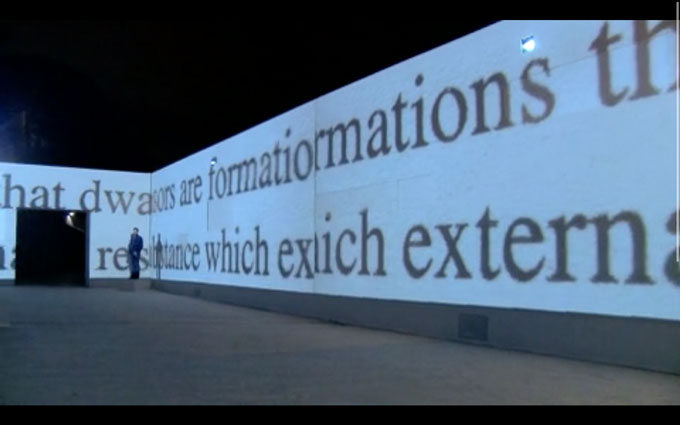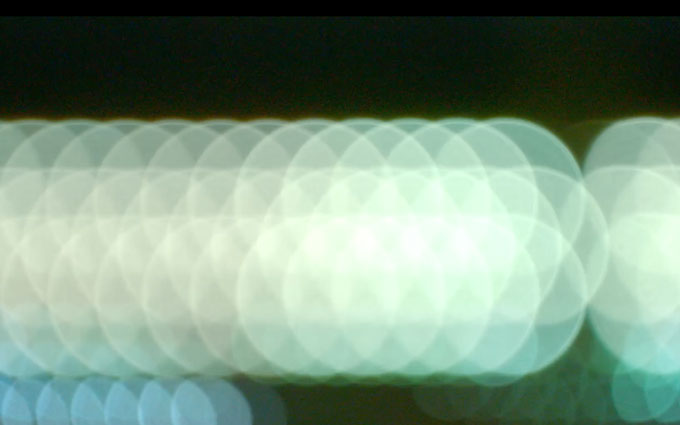“... You cannot cope with vast amounts of information in the old fragmentary classified patterns. You tend to go looking for mythic and structural forms in order to manage such complex data, moving at very high speeds, so the electric engineers often speak of pattern recognition as a normal need of people processing data electrically and by computers and so on – a need for pattern recognition.”
McLuhan, M. (1968) Marshall McLuhan Speaks, Centennial 2011: Pattern recognition [Video file]. Retrieved from: https://marshall-mcluhan-speaks.com/soundbites/pattern-recognition
" ...what now matters most is not the production of new content but its retrieval in intelligible patterns through acts of reframing, reiterating, and documenting."
Joselit, D. (2013). After Art. Princeton, NJ: Princeton University Press. (p. 55-56)
“We see and comprehend things as patterns, as meaningful events, because of the way our brains operate and they are made for the interpretation of a certain type of information, a certain type of world.”
Donath, J (2007). The imperfect observer: Mind, machines and materialism in the 21st century. MIT Media Lab. Retrieved from http://smg.media.mit.edu/papers/Donath/TheImperfectObserver.pdf (p. 10)
"Personal experience is frequently rooted in collective and practical activities whose nature is stable, coherent, and patterned, although constantly, if minutely, in flux."
Coleman, G. (2013). Coding Freedom. Princeton, NJ: Princeton University Press. (p. 27)
“...participants can discern the relative complexity and orderliness of paintings or patterns after only a single glance afforded by a 50 msec [millisecond] exposure...”
Cupchik, G. (2011). The Digitized Self in the Internet Age. Psychology of Aesthetics, Creativity, and the Arts, 5(4) 318–328. (p. 321)
"The analysis of such massive data sets is an important and challenging task, since researchers and analysts are interested in patterns in the data, including associations, correlations or exceptions."
Keim, D. A., Schneidewind, J., Sips, M. ( 2006). Scalable Pixel-based Visual Interfaces: Challenges and Solutions. Retrieved from: http://graphics.stanford.edu/~msips/papers/scalable_pixel_exploration.pdf (Introduction)
Cover image: Still image from video interview, Old versus new assumptions (1960). Marshall McLuhan Speaks Centennial 2011. Retrieved from https://marshall-mcluhan-speaks.com/soundbites/pattern-recognition
Note: Apologies to Henri Dauman for posting a previous cover image with out his permission. Henri Dauman's career as a feature photographer for Life Magazine has seen him capture some of the most important cultural, political and iconic personalities of the 20th century. He is a master photographer with a unique eye for capturing those decisive moments which defined history. For a better insight into his work visit his web site at http://daumanpictures.com/.



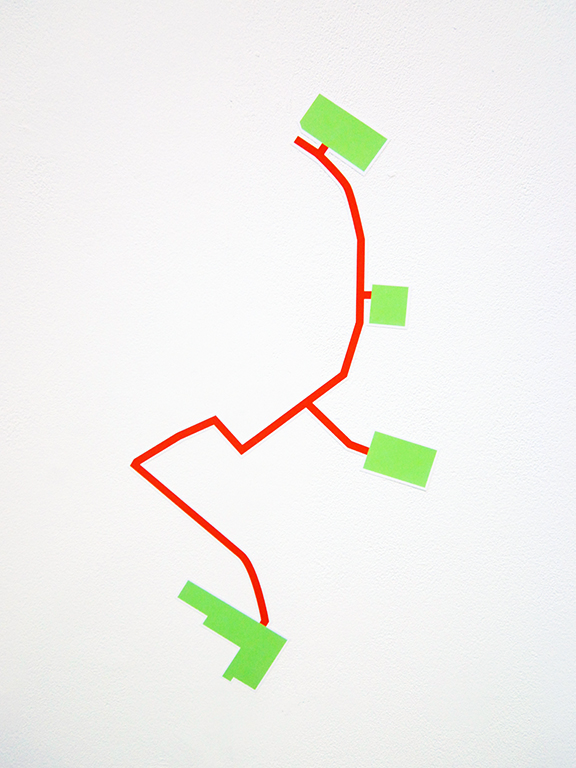
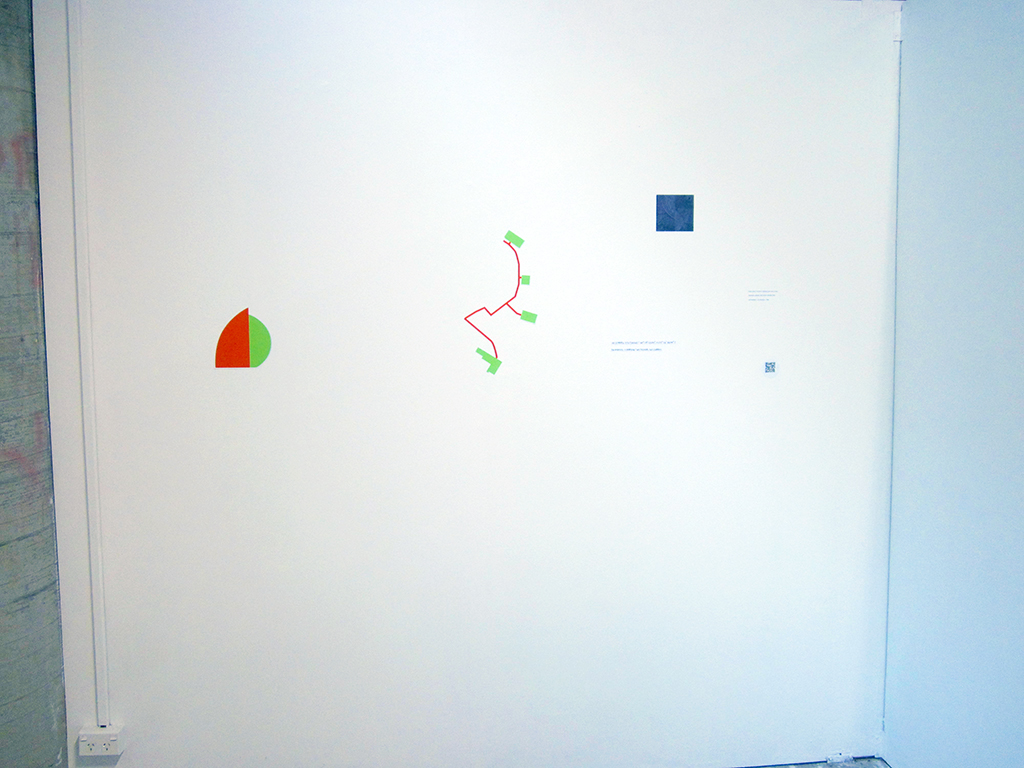
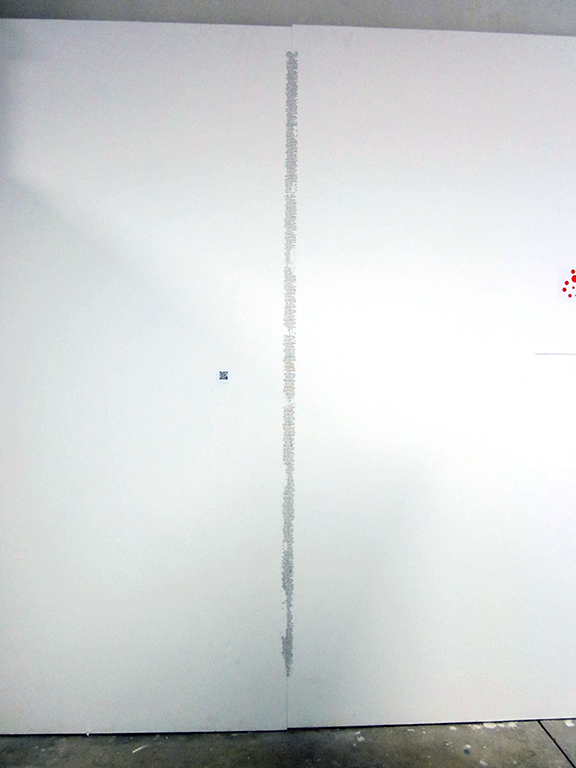

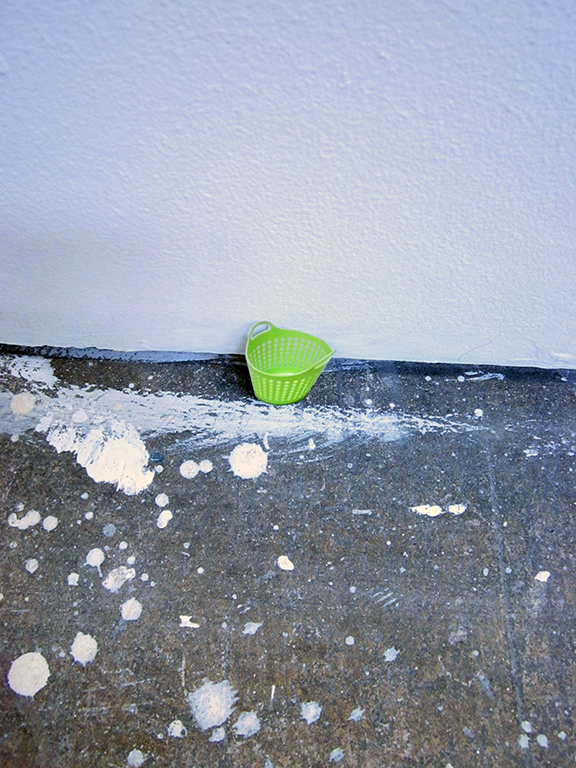
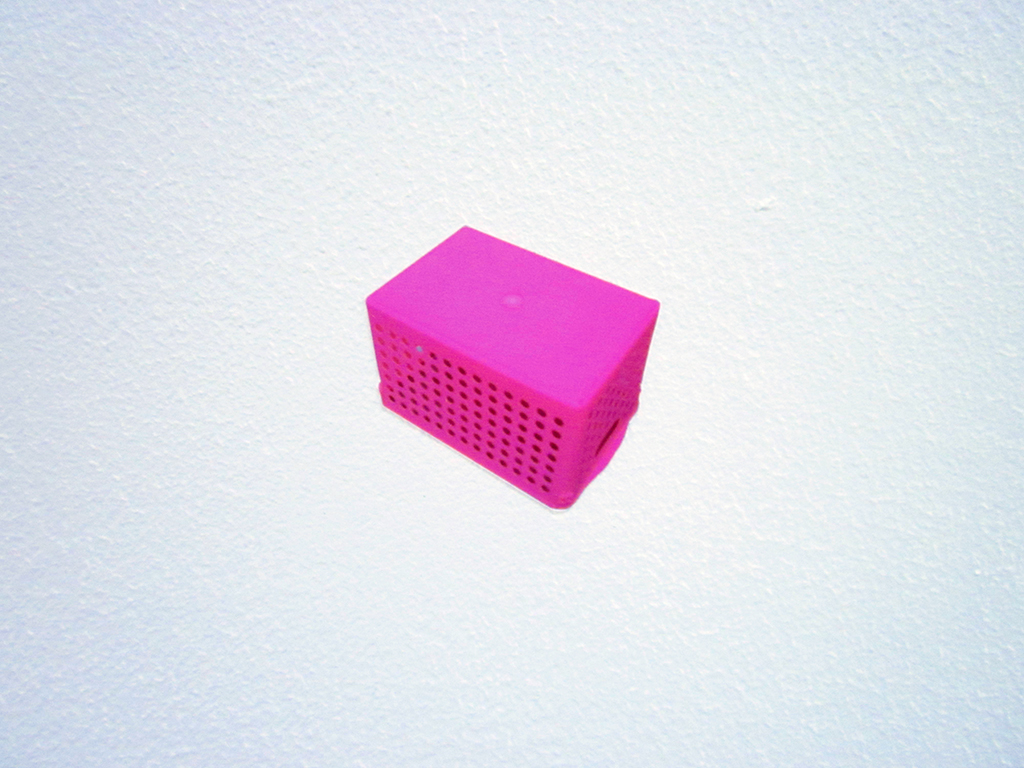
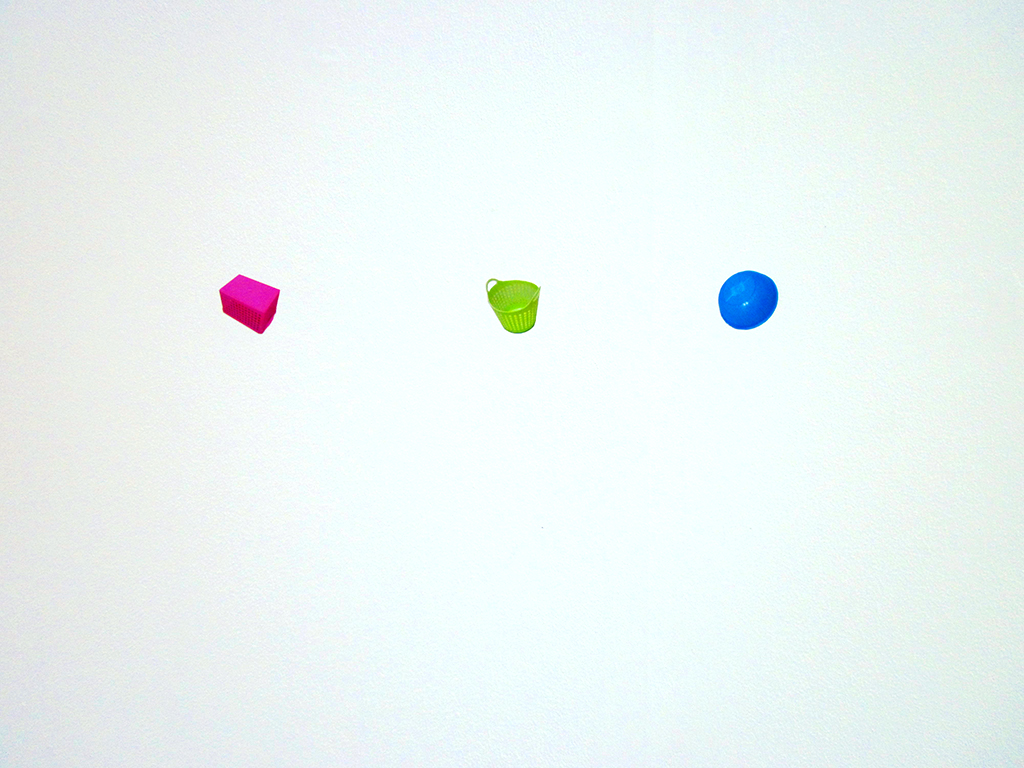

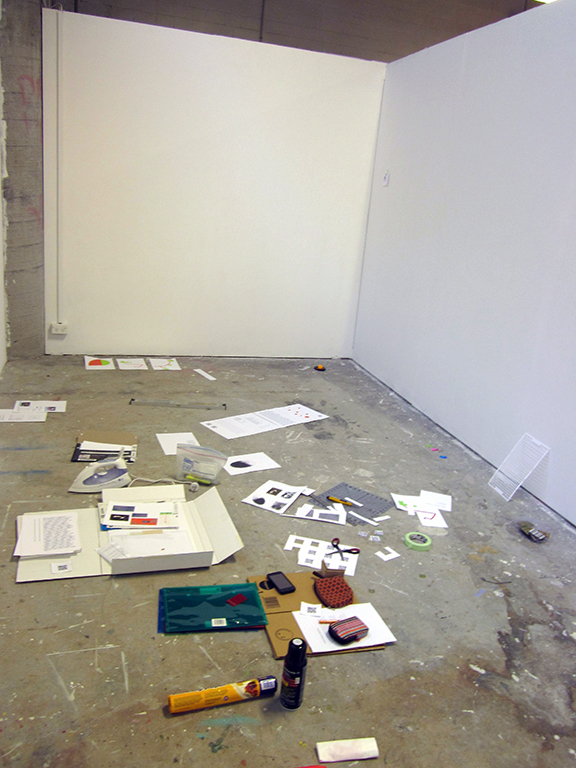
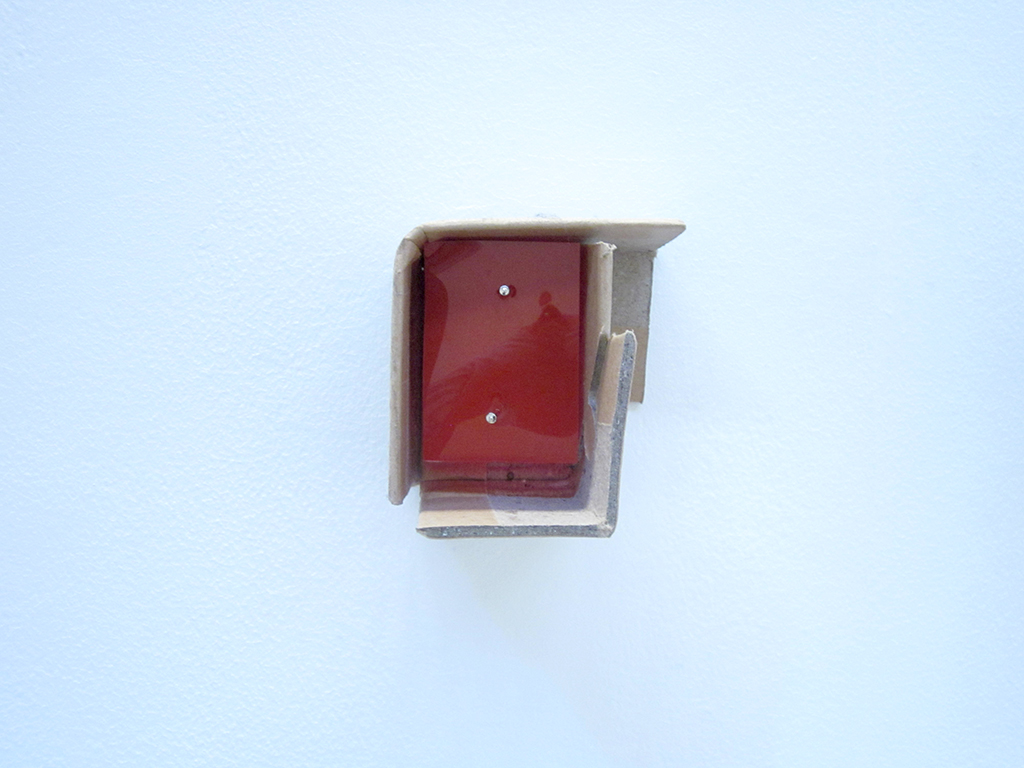
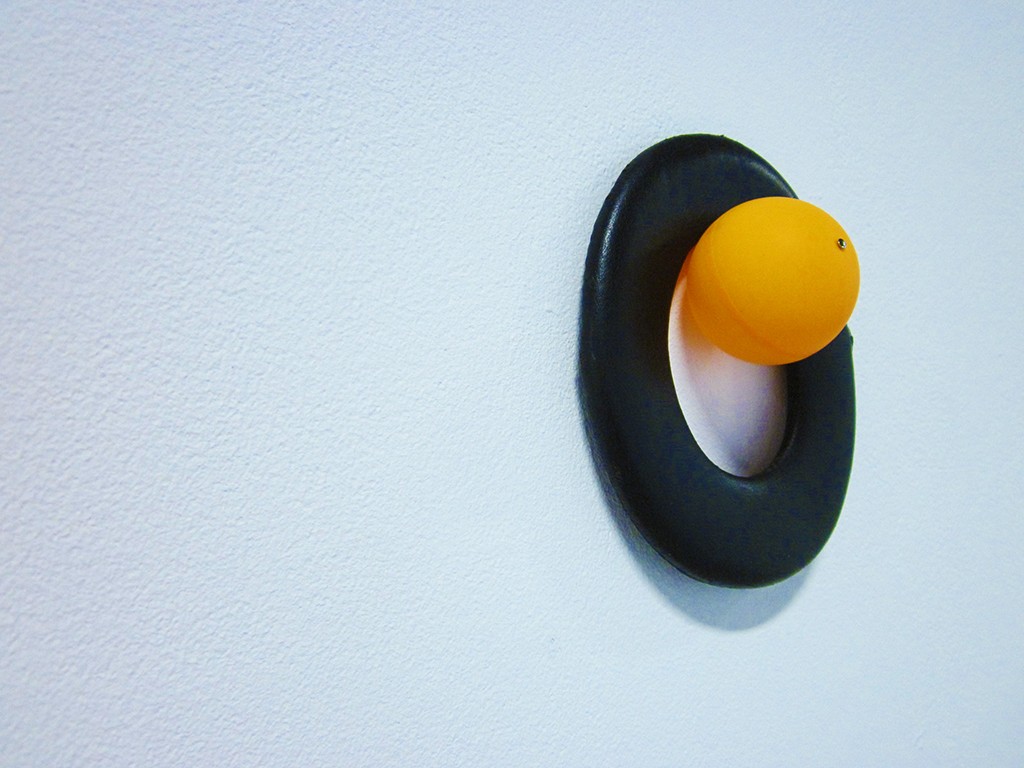
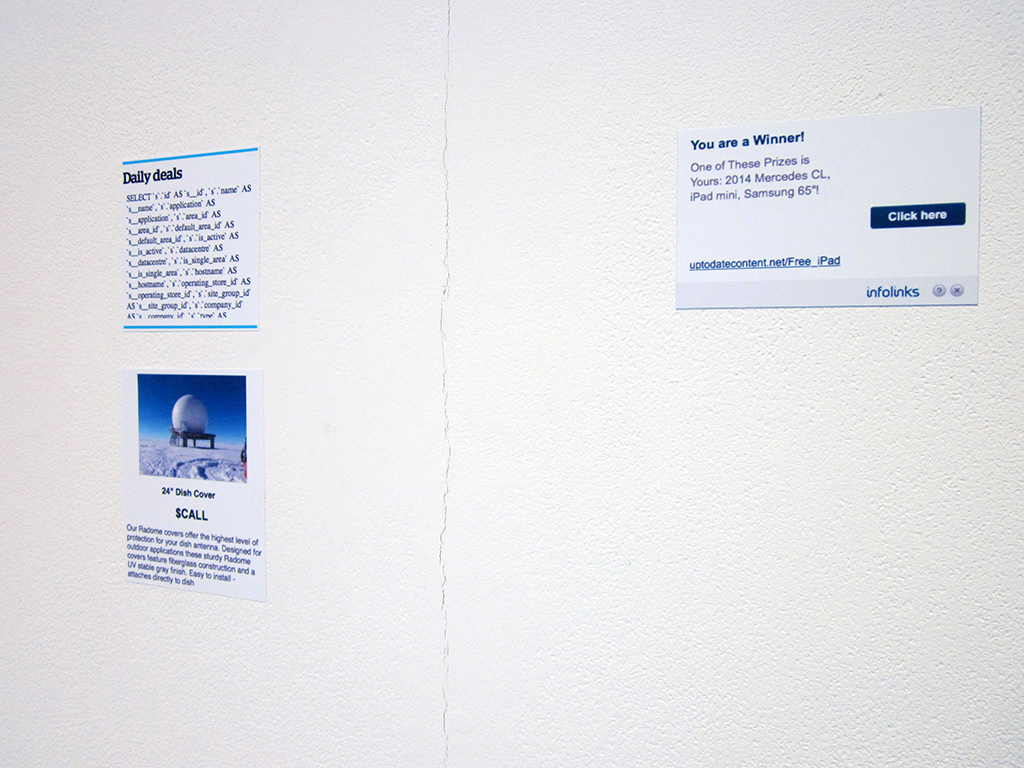
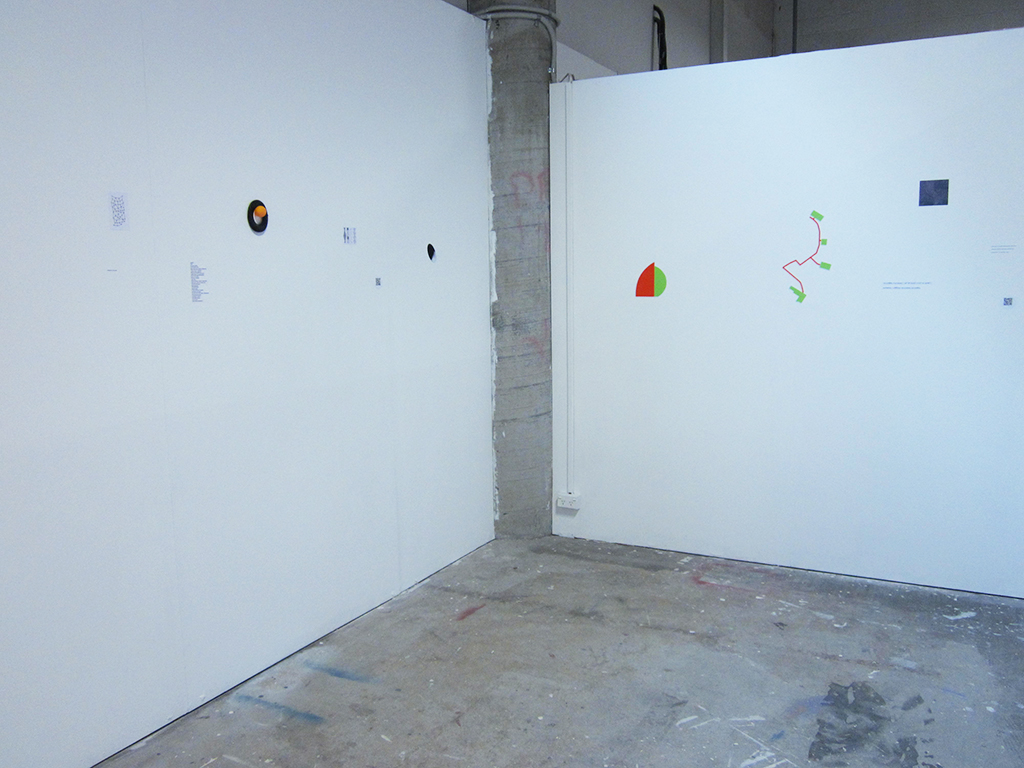
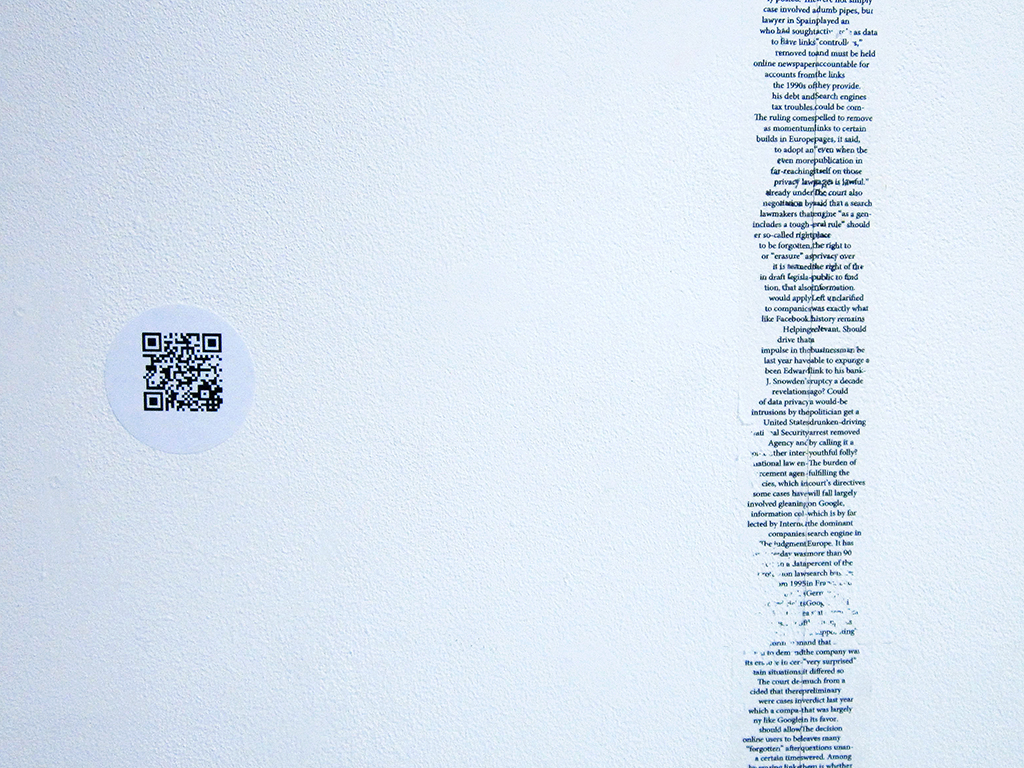



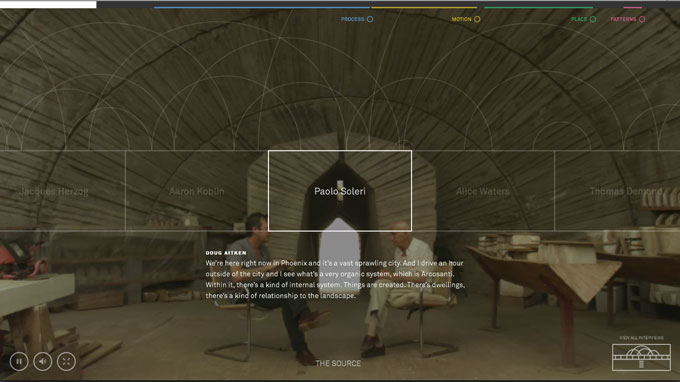 process | patterns | chaos | motion | place
process | patterns | chaos | motion | place
